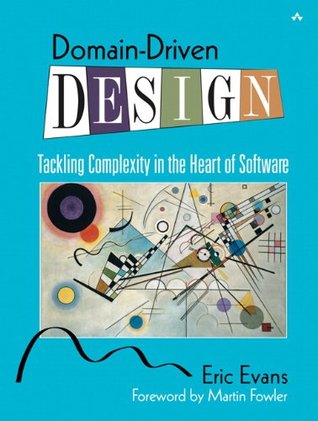More on this book
Community
Kindle Notes & Highlights
by
Evans Eric
Read between
May 28, 2022 - September 10, 2023
Assertions
Conceptual Contours
Because of this underlying consistency, when we find a model that resonates with some part of the domain, it is more likely to be consistent with other parts that we discover later.
Sometimes the new discovery isn’t easy for the model to adapt to, in which case we refactor to deeper insight, and hope to conform to the next discovery.
With each decision, ask yourself, “Is this an expedient based on a particular set of relationships in the current model and code, or does it echo some contour of the underlying domain?”
But it may never emerge from technically oriented refactoring; it emerges from refactoring toward deeper insight.
Standalone Classes
Closure of Operations
Where it fits, define an operation whose return type is the same as the type of its argument(s). If the implementer has state that is used in the computation, then the implementer is effectively an argument
of the operation, so the argument(s) and return value should be of the same type as the implementer. Such an operation is closed under the set of instances of that type. A closed operation provides a high-level interface without introducing any dependency on other concepts.


